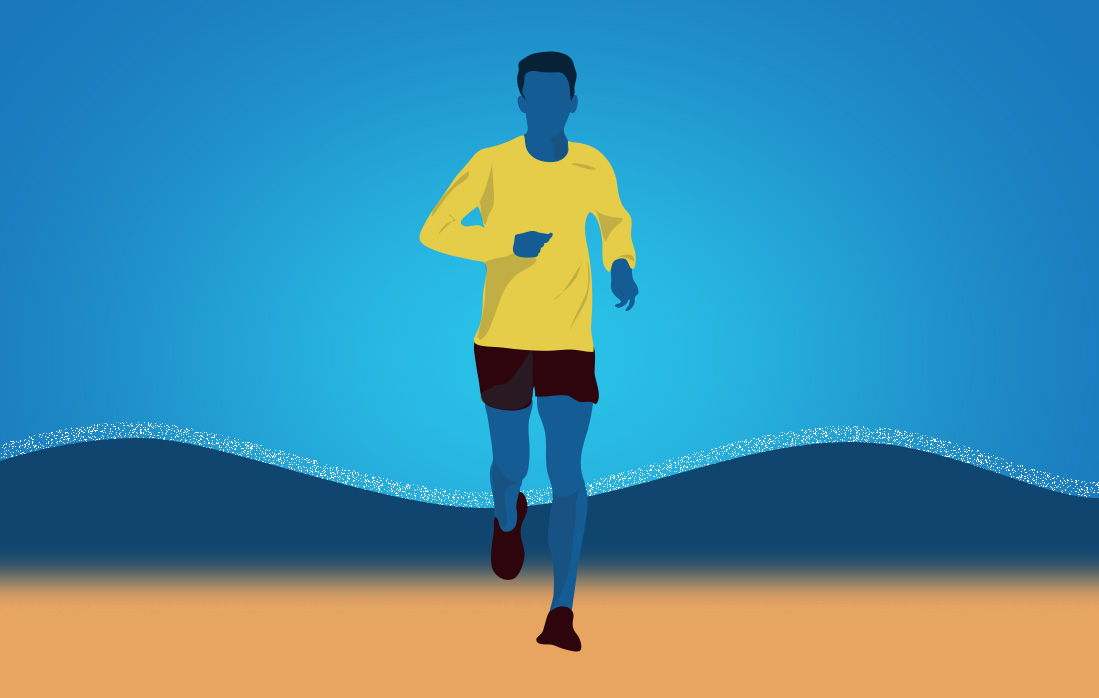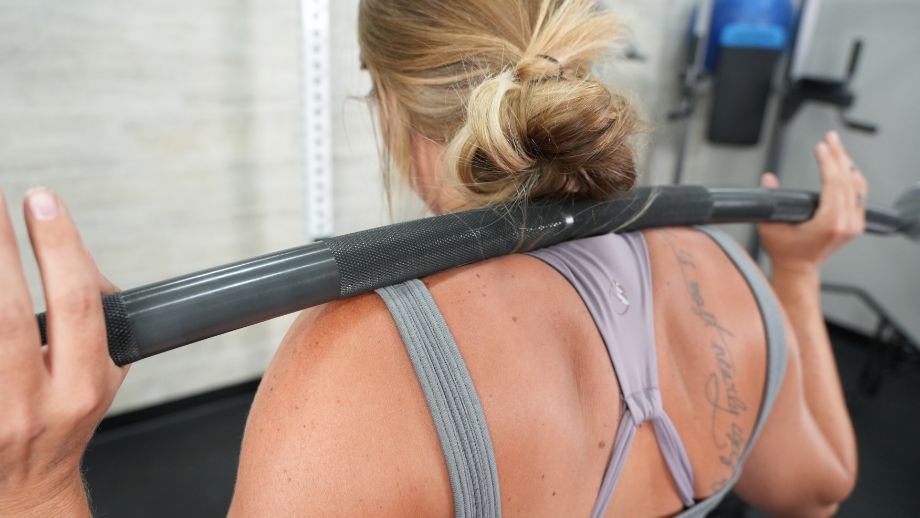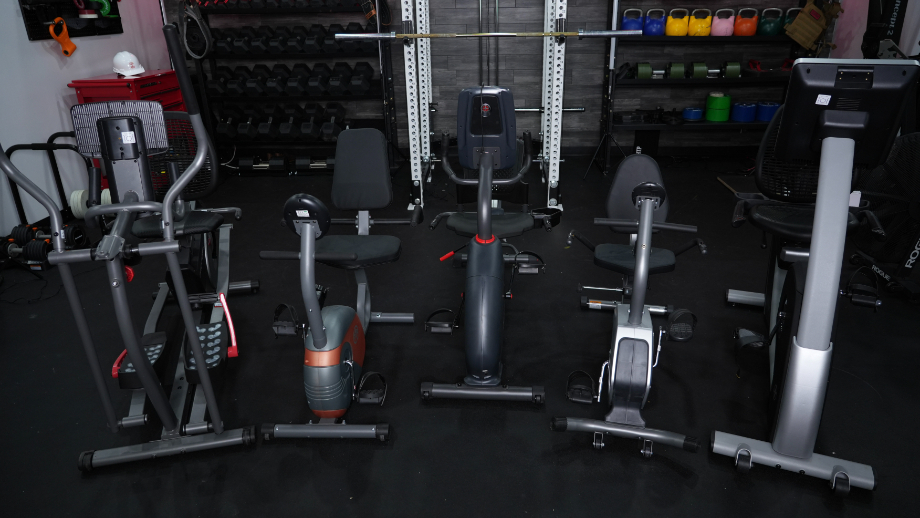There are a lot of obvious benefits of running on the beach: The glistening water, the feeling of sunshine on your skin, and the smell of the salty air are some that immediately come to mind.
But that’s not even touching the surface. Running on the sand has some pretty serious physical benefits, too. Not only does the sand absorb shock better than pavement, but you can burn more calories, increase running economy, and improve your mental health—all with a spectacular view.
In this guide, we’ll dig into all of the research-backed benefits of running on the beach. We’ll dredge up some of the downsides, too, since there are a few you should be aware of. Whether you’re new to running or looking for a way to switch up your routine, the beach is a good place to start.
6 Benefits of Running on the Beach
The killer view is probably the most obvious benefit of running on the beach, but there are some research-backed physical and mental health benefits you can expect to enjoy.
Might Burn More Calories
Running on the beach, or what the Journal of Sports Sciences1 calls “sand training,” may burn more calories than running on harder surfaces.
In one study published in the Journal of Science and Medicine in Sport2, researchers compared running on sand (barefoot running and with running shoes) to running on grass. They found that both types of sand running had significantly greater aerobic and anaerobic energy consumption.
Wearing shoes didn’t affect calorie burn, though.
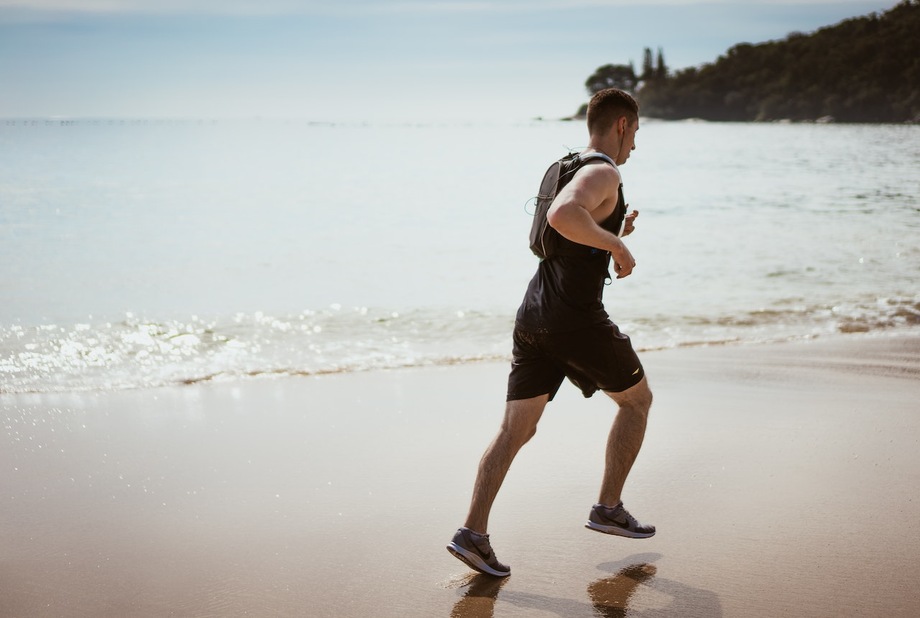
Absorbs More Shock
Running is notoriously high-impact, and the landing surface plays a big role in that. For example, grass is a softer surface than pavement or a treadmill, but sand seems to be the softest landing of them all. A handful of studies (like the two mentioned above) have shown that there’s less impact when running on sand compared to road running or running on grass.
In one study published in the journal Physiology and Nutrition3, researchers compared markers of muscle damage and inflammation in trained female athletes after interval runs on soft sand and grass.
While inflammation markers and delayed onset muscle soreness (DOMS) were comparable in both groups, signs of post-exercise muscle damage were higher in the grass group. While the researchers didn’t make any conclusions beyond this, it may translate to a lower risk of injury (especially when considering the overall rate of impact).
May Improve Athletic Performance
The unstable/uneven surface of softer sand may also improve athletic performance across the board.
Researchers from the study published in the Journal of Sports Sciences1 called out that, because there are significant physiological and biomechanical differences associated with sand exercise, there are also unique training adaptations. And these adaptations can actually make you a better runner on a firm surface.
Another study published in BMC Sports Science, Medicine and Rehabilitation4 that analyzed a group of male handball players reported that regular plyometric beach workouts could improve sprint speed compared to training on a hard surface.
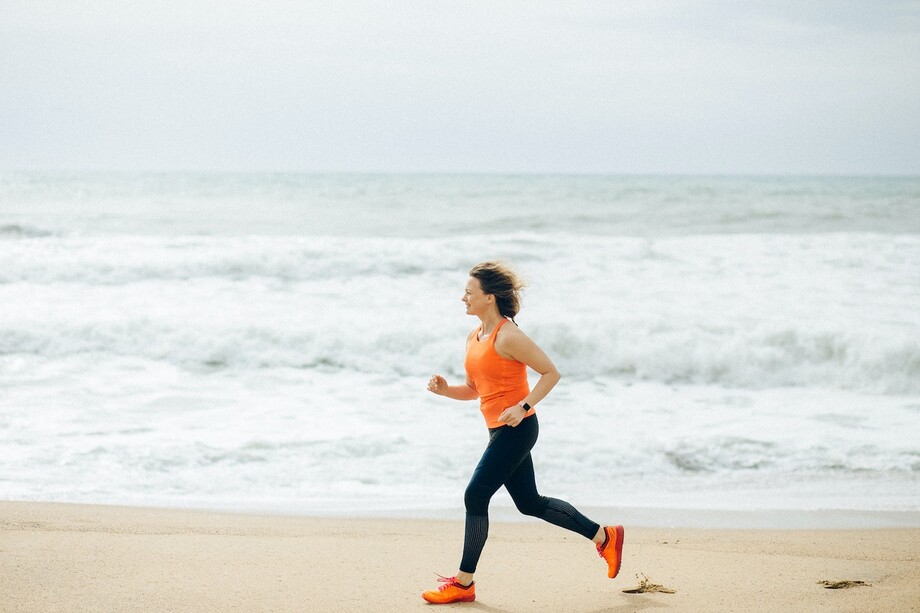
May Increase Running Economy
Over time, running on the beach may also increase your running economy. In other words, as your body adapts to the increased demand, it will become more efficient at oxygen consumption.
In a study published in the European Journal of Applied Physiology5, researchers found a lower lactate accumulation in men running on sand. When combined with data on steady-state oxygen consumption and respiratory exchange ratio, this led to the conclusion that running on sand reduces metabolic fatigue more than running on softer or firmer surfaces.
Provides Nature Exposure
There’s a reason the beach is one of the most popular vacation spots. Being exposed to water, which is scientifically referred to as blue space, can improve mental health6 and help you better cope with stress.
It also has an effect on your overall well-being, and can make you feel more restored7. In other words, if you’re looking to “fill your cup,” the beach is a good place to do it.
If the beach you’re running on is surrounded by greenery, you’ll also get the benefit of what’s called greenspace exposure8. Research shows that immersing yourself in nature can decrease stress, improve heart rate, lower blood pressure and cholesterol, and reduce your risk of heart disease.
Running itself comes with similar mental and physical health benefits, too. So running on the beach is really a double whammy in this department.
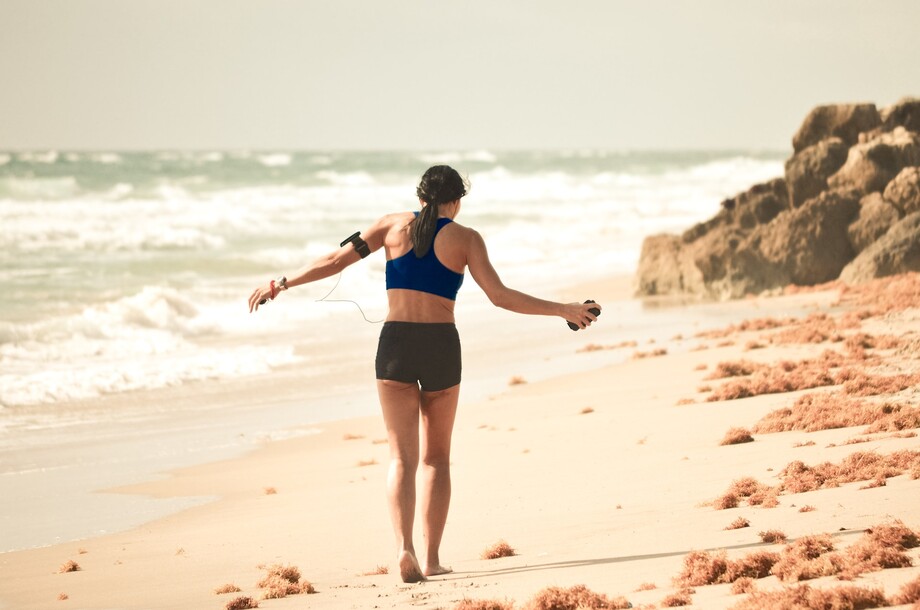
Keeps Things Entertaining and Fun
Running on the beach can also just provide a change of scenery. Let’s face it, running on the treadmill can get pretty redundant, even if you are immersing yourself in iFIT workouts. When you run outside, no day is the same. You’ll see different sights, sounds, and people. The smell in the air will be different. Running on the beach is an excellent way to keep things interesting and stimulate your brain with new information.
5 Potential Concerns of Running on the Beach
Of course, nothing is all good. While running on the beach has some proven benefits, there are some downsides to be aware of.
Uneven Terrain Can Pose Injury Risk
Most beaches also have some kind of slope to them—it’s lower near the water and higher as you work your way up shore. If you’re running parallel to the water, this forces one leg to land higher than the other during each stride. This can increase the potential for injury, since it shifts the weight to one side and forces the other side to pick up the slack. This series of events can also cause you to fatigue more quickly.
Alters Your Gait
Running on the beach engages different muscles and elicits a wider range of motion in your feet and ankles. Because sand is softer than pavement or grass, your heels dig deeper into the ground when you’re running. This can be hard on your joints and contribute to overuse injuries. It can also slow you down9.
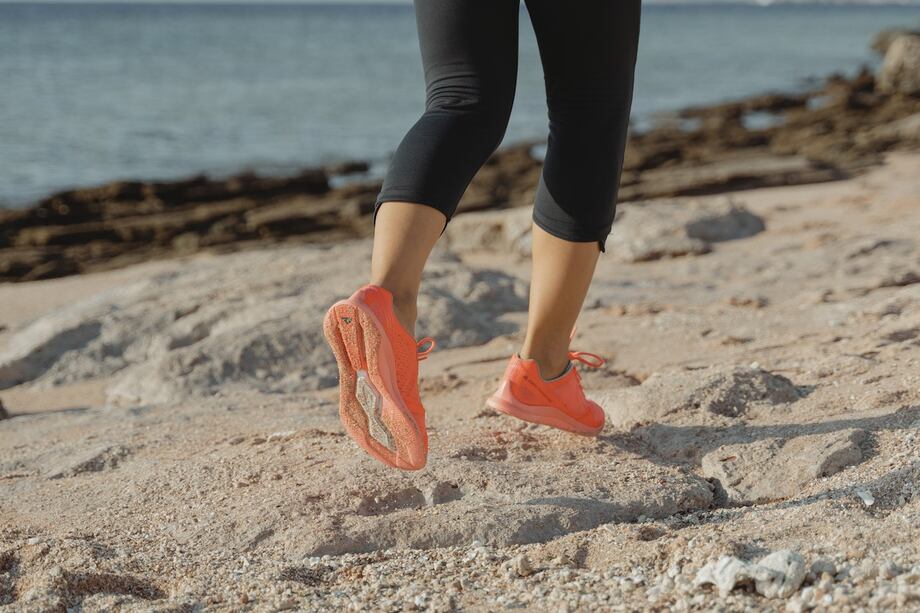
Presence of Sticks, Rocks, and Shells
Hazards come with any type of outdoor running, but the beach has some unique concerns, like shells, sea glass, sticks, rocks, and seaweed. You’ll likely find crab shells and related debris as well. Depending on what type of things you run into, it can be sharp or slippery, so you’ll have to exercise caution and, ideally, wear shoes (more on that later).
Wildlife
Wildlife is another concern with any type of outdoor running. While you might not run into bears or snakes like you can with trail running, you’ll likely see various birds and other creatures, like jellyfish and crabs, that make their way toward the shore. This is even more likely during low tide. When you’re running on the beach, stay aware of your surroundings and watch out for any potentially harmful wildlife. Stepping on a jelly would be no fun!
Weather
Weather is another concern with any type of outdoor workout. When you’re running on a treadmill indoors, you don’t have to worry about getting stuck in the rain or a storm. But when you’re running on the beach, you have to be mindful of the weather forecast.
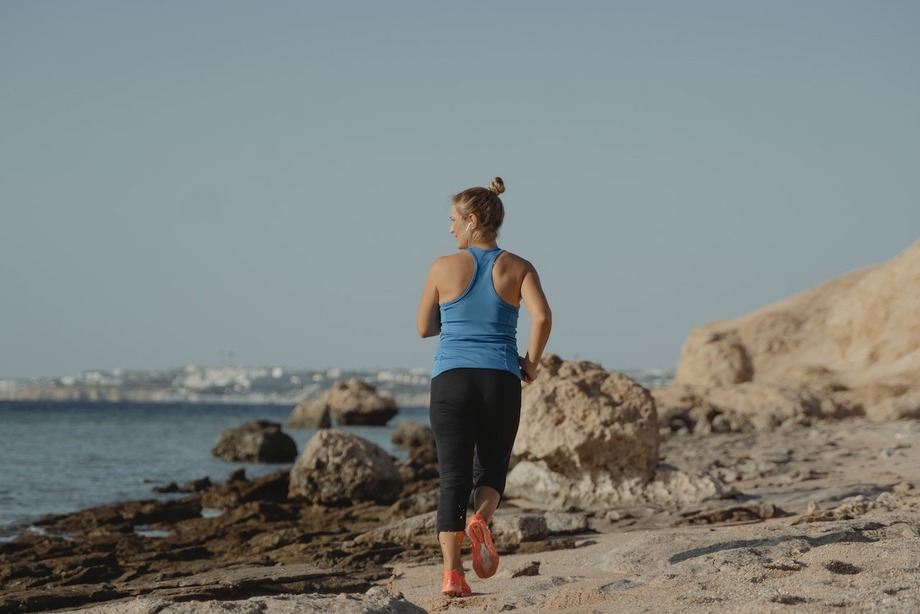
Wet Sand or Dry Sand? That Is the Question
When you’re running on the beach, you have two options: the wet sand closer to the water, or the dry sand higher up. Both choices have advantages and disadvantages.
Wet sand is more packed than dry sand. While it’s still considered an uneven surface, it’s more stable than dry sand. It’s easier to run on, but may not have the same training benefits as dry sand.
Dry sand is loosely packed, so it’s more difficult to gain traction. This engages more of your muscles and can lead to greater calorie burn. But because dry sand is so uneven, it can pose more injury risk.
There’s no answer to which one is better; you just have to consider your goals and use your judgment about which one will get you there. For most people, switching it up can have the greatest benefit.
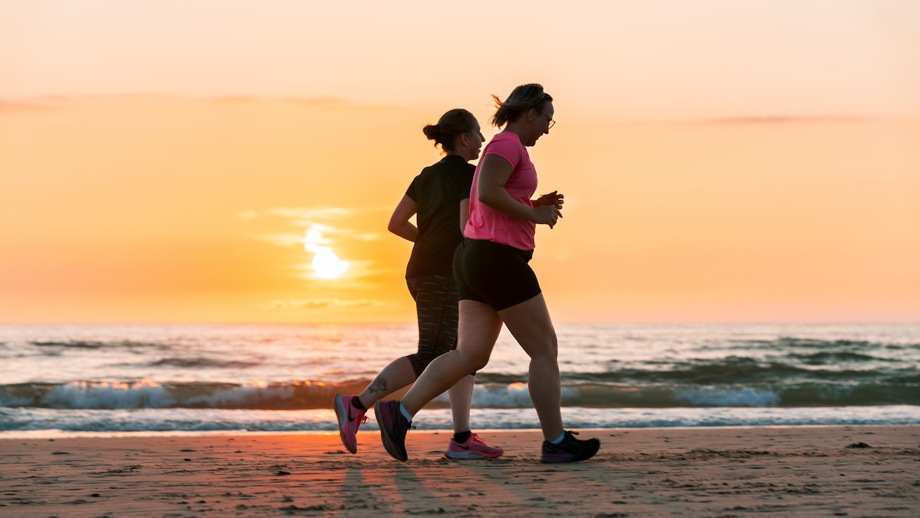
Running on the Beach vs Running on the Road or Trails
Running on the beach is harder than most other types of terrain. The exception may be difficult trails, especially if there are a lot of slopes. Because sand is so uneven, there are some concerns with gait and how the weight is distributed when you run. But beach running is considered low impact, and it can burn more calories than other types.
There haven’t been a lot of studies directly comparing sand running to road and trail running, but older research published in the Journal of Experimental Biology10 found that running on sand burns 1.6 times more calories than running on harder surfaces.
In addition to a lower calorie burn, running on the road has a higher impact. Pavement doesn’t offer the same shock absorption as sand (or a cushioned treadmill belt), so it’s harder on your joints and can increase your risk of injuries. Assuming the road is evenly paved, road running does promote the most natural running gait, though.
Trail running requires you to adjust your gait. Typically, you’ll use a shorter stride than you would on the road or the beach. You’ll also bring your knees up higher, which engages your core more than other types of running. Like running on the beach, trail running is also excellent for building endurance and agility because of the changes in the terrain.
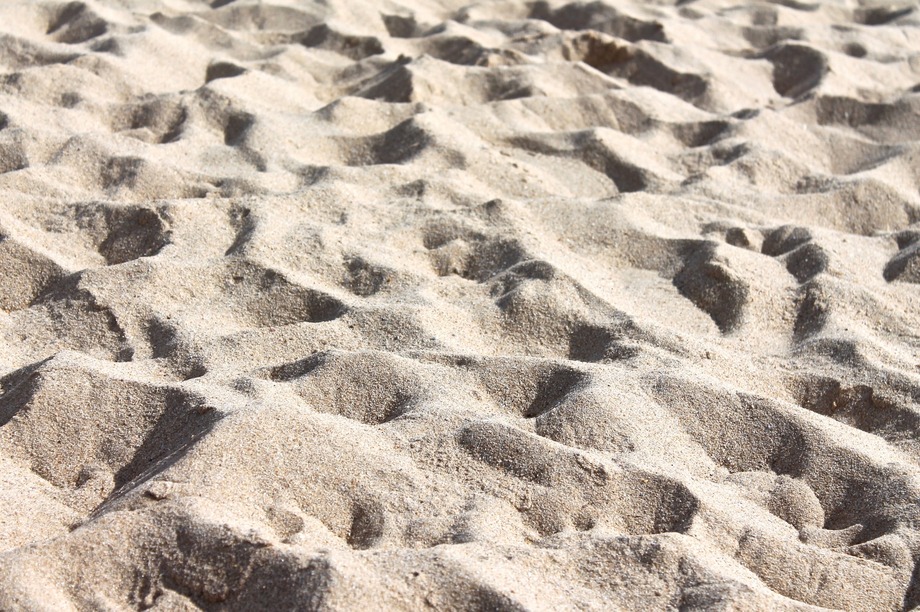
7 Tips for Running on the Beach
When it comes to running on the beach, all the same general running tips apply. We have tips on how to run faster, how to nail long-distance runs, running in the heat and proper running etiquette. But there are some additional considerations specifically for running on sand.
Wear shoes
Because studies show that there’s no difference between sand running with or without sneakers, you’re probably better off wearing shoes. Supportive shoes can help reduce the risk of ankle sprains, shin splints and overuse issues11 like plantar fasciitis and achilles injuries. But protecting your feet may be even more important on the beach. You’ll likely run into rocks, shells, sea glass, and other potential hazards that shoes can protect you from.
Hydrate
Hydration is important on any type of run, but it’s even more essential when you’re running on hot sand directly under the sun. Bring plenty of water (and electrolytes!) with you, or wear a hydration vest. Many of these packs also have room for snacks and your phone, so you don’t have to worry about where you’re leaving your valuables.
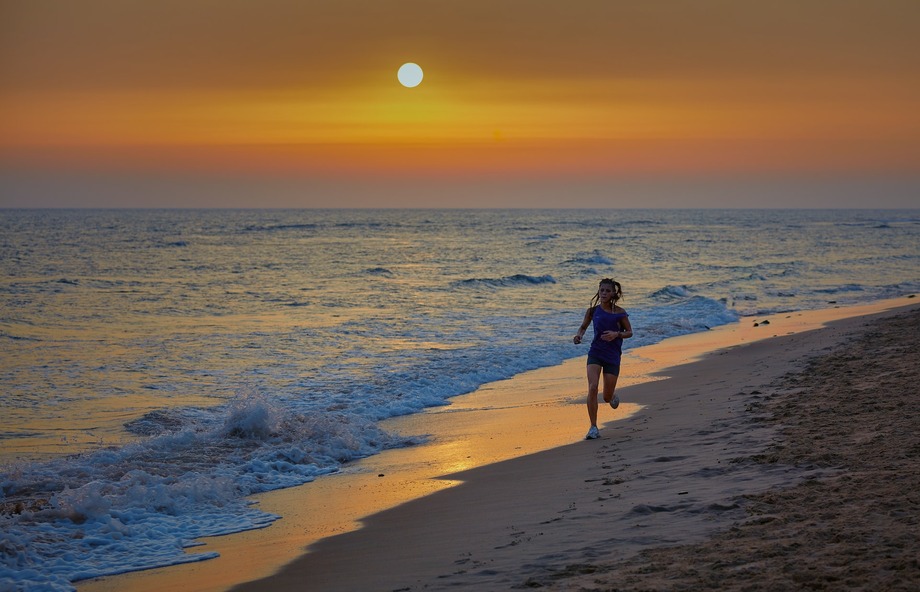
Wear sunscreen
Sunscreen is recommended for any outdoor activities, including running on the beach. Ideally, you want to apply sunscreen 30 minutes12 before going outside for your run.
Avoid peak sun hours
On this note, it’s also a good idea to avoid peak sun hours. This can help decrease the risk of burning and dehydration. Typically, the sun’s UV rays are strongest between the hours of 10 am and 4 pm13 daylight saving time (9 am to 3 pm standard time). This can vary depending on your geographic location, but try to run earlier in the morning or later in the evening, if possible.
Pay attention to the tides
This might not be an issue if you have a lot of space to run, but if you’re running on a narrow stretch of beach, make sure you’re paying attention to the tides. You don’t want to start your run during low tide and run into issues with the water level rising before you’ve finished. You can check the tide times online, or download an app that tracks it for you.
Stay close to the water’s edge (at least at first)
If you’re new to running on the beach, you may want to stick close to the water’s edge. The packed sand in this area is easier to run on than the dry, soft sand. As your body adjusts to the firm sand, and the more stable surface, you can transition to softer sand for a more intense workout.

Come up with a training plan
Because running on the beach can be harder, it’s a good idea to come up with a training plan that allows you to work your way up to your overall goals. Start with short runs and gradually work your way up to longer distances. If you’re new to running in general, you may want to invest in a running coach or personal trainer to help you map out a plan.
Running on the Beach: Final Thoughts
Aside from the killer view, there are a bunch of benefits of running on the beach. The soft sand is easier on your joints, and you can burn more calories and improve your athletic performance.
Of course, there are some drawbacks too, like an uneven surface and hazards like broken shells, sea glass, and wildlife. If you do decide to run on the beach, use extra care to protect your feet and your skin, and try to avoid peak sun hours and you’ll be golden.
Running on the Beach: Q&A
Still have questions? We have answers.
Does Running On The Beach Strengthen Ankles?
Yes, running on the beach can strengthen your ankles and foot muscles9, improve overall muscle function, and may even reduce overpronation. This is largely thanks to the unstable surface of loose sand.
Is It Harder To Run On The Beach?
Running on the beach requires more muscle engagement from your glutes, hamstrings, and calves so it can feel harder from an exertion perspective. It burns more calories, too. However, running on sand isn’t harder on your body. The soft surface makes it lower-impact than running on pavement or grass.
Do You Run Faster On Sand?
You actually run slower on sand than you do on a treadmill or pavement. However, the uneven surface puts extra stress on your body, and it requires effort to push off with each stride. Because of this, the slower pace doesn’t mean lower efficiency. Running on sand is actually more exerting and burns more calories.
References
1. Binnie, MJ, Dawson, B, Pinnington, H, Landers, G, Peeling P. Sand training: a review of current research and practical applications. J Sports Sci. 2014;32(1):8-15. doi:10.1080/02640414.2013.805239
2. Pinnington, H, Dawson, B. The energy cost of running on grass compared to soft dry beach sand. J Science Med Sport. 2001;4(4):416-430. doi:10.1016/S1440-2440(01)80051-7
3. Brown, H, Dawson, B, Binnie, M, et al. Sand training: exercise-induced muscle damage and inflammatory responses to matched-intensity exercise. Eur J Sport Sci. 2017;17(6):741-747. doi: 10.1080/17461391.2017.1304998
4. Hammami, M., Bragazzi, NL, Hermassi, S. et al. The effect of a sand surface on physical performance responses of junior male handball players to plyometric training. BMC Sports Sci Med Rehabil. 2020;12(26). doi.org/10.1186/s13102-020-00176-x
5. Pinnington HC, Dawson B. Running economy of elite surf iron men and male runners, on soft dry beach sand and grass. Eur J Appl Physiol. 2001;86(1):62-70. doi:10.1007/s004210100472
6. Britton E, Kindermann G, Domegan C, Carlin C. Blue care: a systematic review of blue space interventions for health and wellbeing. Health Promot Int. 2020;35(1):50-69. doi:10.1093/heapro/day103
7. Georgiou M, Morison G, Smith N, Tieges Z, Chastin S. Mechanisms of impact of blue spaces on human health: a systematic literature review and meta-analysis. Int J Environ Res Public Health. 2021;18(5):2486. doi:10.3390/ijerph18052486
8. Twohig-Bennett C, Jones A. The health benefits of the great outdoors: A systematic review and meta-analysis of greenspace exposure and health outcomes. Environ Res. 2018;166:628-637. doi:10.1016/j.envres.2018.06.030
9. Jafarnezhadgero, A, Amirzadeh, N, Fatollahi, A, et al. Effects of running on sand vs. stable ground on kinetics and muscle activities in individuals with over-pronated feet. Front Physiol. 2022; 12. doi:10.3389/fphys.2021.822024
10. Lejeune, TM, Willems, PA, Heglund, NC. Mechanics and energetics of human locomotion on sand. J Exp Biol. 1998; 201(13): 2071–2080. doi:10.1242/jeb.201.13.2071
11. Relph, N, Greaves, H, Armstrong, R, et al. Running shoes for preventing lower limb running injuries in adults. Cochrane Database Syst Rev. 2019(7):CD013368. doi:10.1002/14651858.CD013368
12. Skin Cancer Foundation. All about sunscreen. 2022.
13. Centers for Disease Control and Prevention. Sun safety. 2022.


